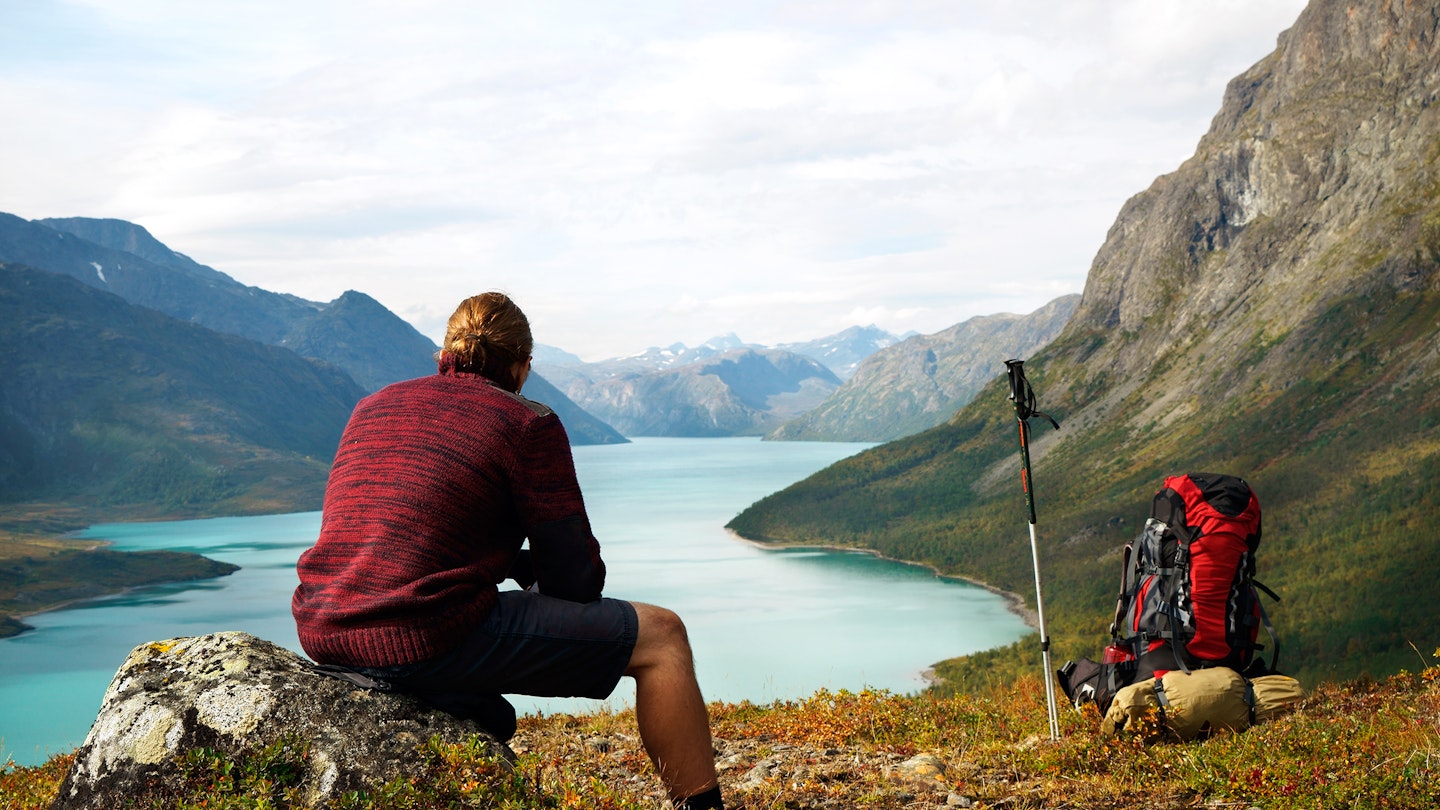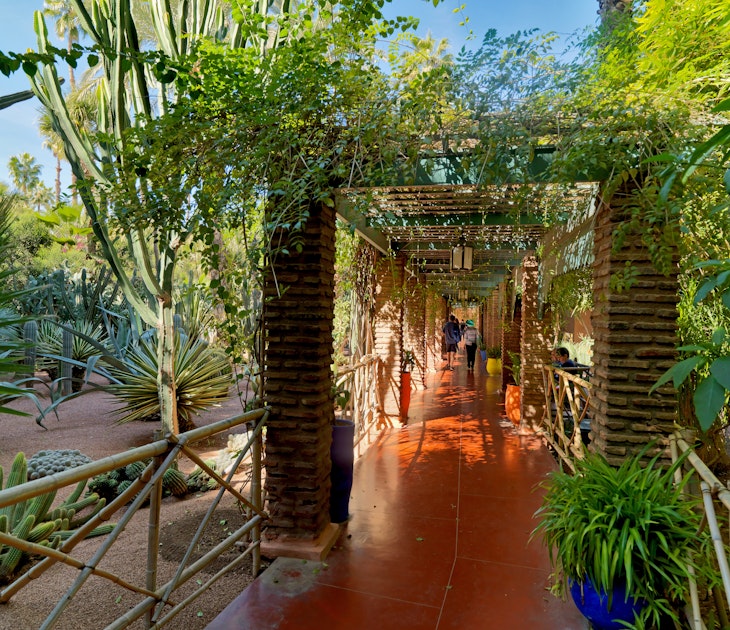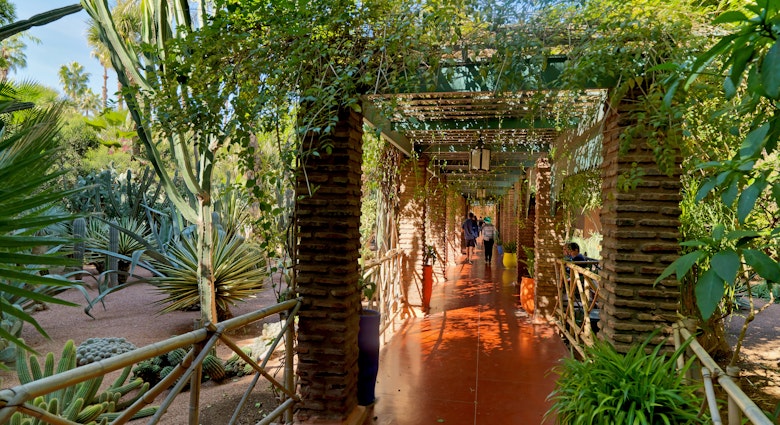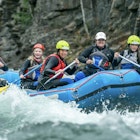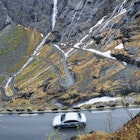Norwegians love nothing better than to explore their own country, and it’s not difficult to see why – they live in one of the most beautiful places on earth. And when it comes to exploration, more so even than the more-famous fjords, the mountains of central Norway’s inner north – just before the country’s geographical bulge begins to narrow and head north toward the Arctic – are simply magnificent.

The national parks of northern central Norway provide a focal point for all manner of adventures – apart from the remote reaches of the High Arctic in the Spitsbergen Archipelago, Norway’s national park model is built around access and activities. Hiking is the major draw, but wildlife-watching is another highlight, with white-water rafting and skiing also possible. Best of all, most activities are ideal for eco-conscious travellers who wish to leave behind little more than barely discernible footprints.
Jotunheimen National Park
The name here says it all – in Norsk, ‘Jotunheimen’ means ‘Home of the Giants’. This is Norway’s most precipitous corner, an upland succession of dramatic peaks and valleys with 275 different summits over 2000m high. A seemingly endless skein of hiking trails traverse the park, following narrow ridgelines, skirting crystalline lakes, and drawing near to towering glaciers. The hiking ranks among Europe’s best, from peerless Besseggen, arguably Norway’s most spectacular hike, to the Hurrungane range that takes you to Norway's highest mountain hut, Fannaråki, atop the peak of Fannaråken (2068m). You can go even higher on Galdhøpiggen (2469m), climbing to the summit of Norway’s highest mountain; down below, at the still-not-inconsiderable altitude of 1850m, you can also ski in summer at the Galdhøpiggen Summer Ski Centre.
Rondane National Park
‘Palace piled upon palace’ is how Norway’s favourite writer, Henrik Ibsen, once described Rondane. Norway’s authorities also saw the potential early and made this the country’s first national park, and it remains one of the most beautiful in all of Norway. Seen from a distance, the rough-hewn ramparts of Rondane fill the skyline with drama and rare beauty. Up close, some of Norway’s most celebrated hiking trails wind through lichen-covered, high-altitude meadows inhabited by some of Norway’s last wild reindeer herds, and between stirring glaciers. Hiking, in July and August only, is the only way to access the park’s inner reaches, along some of Norway’s finest alpine hiking trails. The mountain hut at Rondvassbu, itself a 6.2km (1½-hour) hike up from the main access road, is the starting point for so many memorable hikes to summits whose names roll around in the mouth like characters in some high-altitude Norwegian fairy tale: Storronden and Vinjeronden, Trolltinden and Rondslottet; at 2178m, the latter is the highest point in the park.
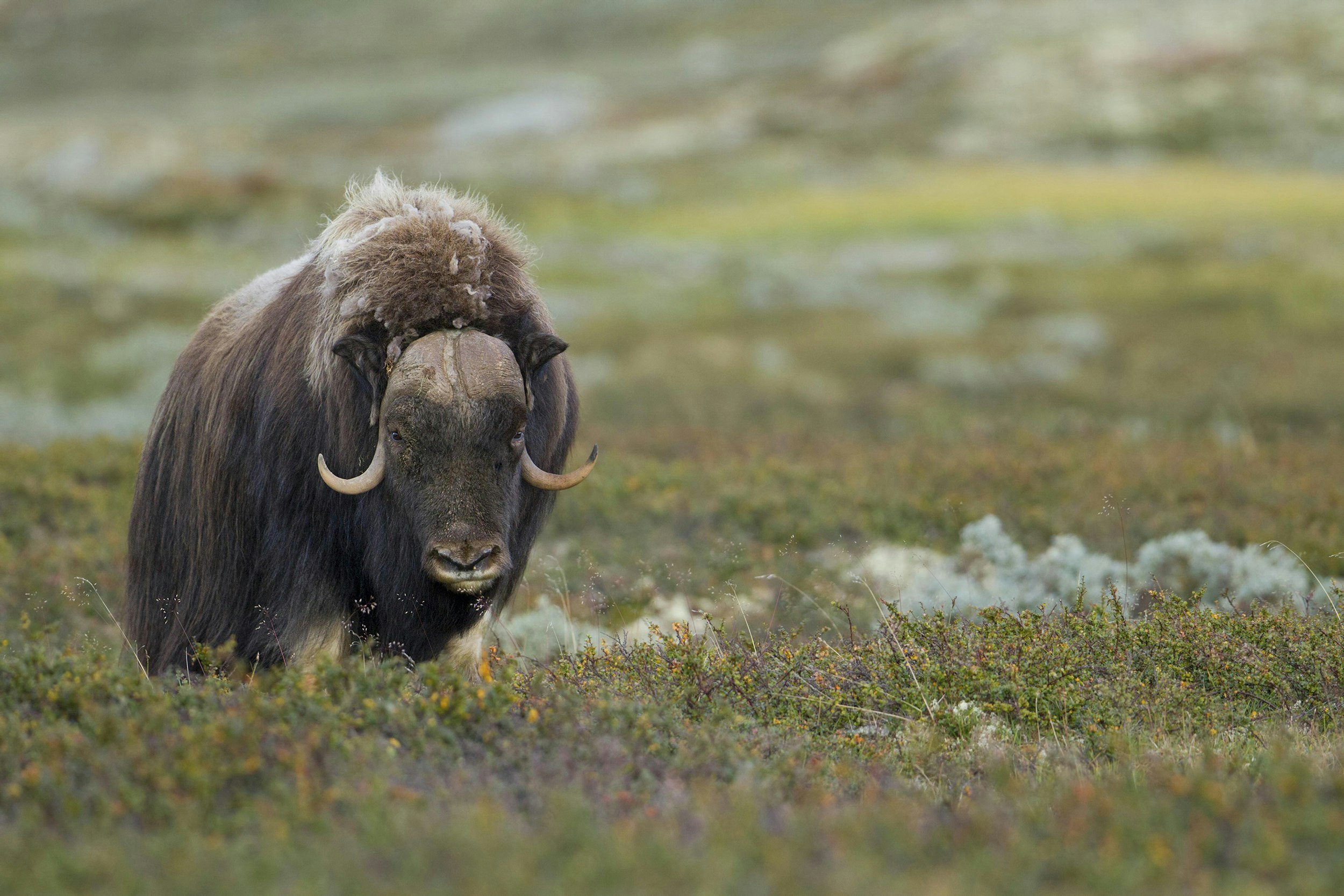
Dovrefjell–Sunndalsfjella National Park
Where other Norwegian parks rely on seemingly unending mountain ranges, Dovrefjell–Sunndalsfjella has a more varied portfolio. There are indeed mountains that draw your eyes heavenward and bid silent all who see them, among them dragon-back Snøhetta (2286m) – climb it in six hours from Snøheim. Beyond the mountains are haunting, moor-like slopes and highland plains that shelter some of Norway’s most charismatic creatures. The positively primeval musk ox is the biggest prize, a remarkable presence in these wild lands. Sightings are almost guaranteed on one of the musk-ox safaris run in these parts, while moose or elk are also commonly seen. The chances of seeing them are smaller, but the park also protects wild reindeer, Arctic fox and the small-but-ferocious wolverine. Birders love the Fokstumyra Marshes, with their 87 nesting species and 162 bird species in total.
Femundsmarka National Park
Very few foreign visitors make it to Femundsmarka, but Norwegians know it well – members of Norway’s peak hiking association regularly vote for it as one of the country’s top three hiking destinations. The 3½-hour, 10.5km-return hike up Mt Elgåhogna (1403m) is one of the best in the park, but it’s also about the wildlife here – watch for reindeer and musk ox, which are commonly seen. And if you spy a brown bear, Eurasian lynx or even a wolf, you’ve really hit the jackpot.
Breheimen National Park
With Norway’s hiking season concentrated into just two months, July and August, many of the region’s parks and trails can be a little overwhelmed with visitors. Breheimen is different. Only opened to visitors in 2009 and protected by the distracting presence of Jotunheimen and other larger parks nearby, Breheimen is a beautiful, well-kept secret – one that will appeal to those who like their wilderness to come with a little more challenge. Trails here are as lightly marked as they are lightly trammelled, and none of the mountain huts are staffed – this is a wilderness expedition for more experienced hikers.
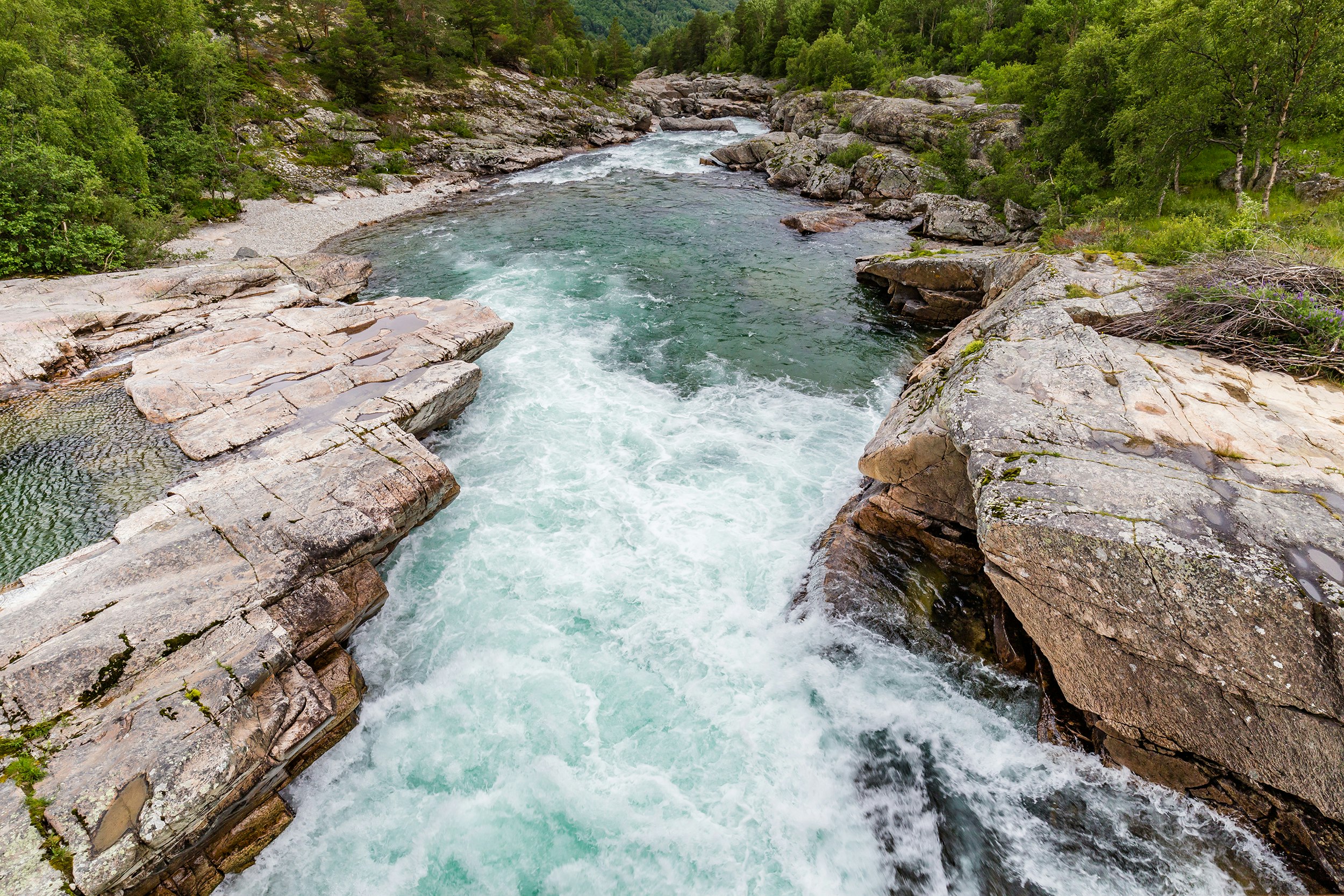
Reinheimen National Park
Another park that only opened to the public in relatively recent times (2006), Reinheimen gets its name from the herds of wild reindeer that inhabit the high valleys here. And although it only covers 1969 square kilometres, variety is one of its calling cards. The park’s western reaches are walled with mountains and steep ravines, while out east the high Alpine plateau can feel like a lost mountain world. As well as reindeer, the park also has wolverines, and golden eagles are commonly seen soaring high above the park.
Trollheimen
Trollheimen is another quintessentially Norwegian destination where otherwise inaccessible high mountains and isolated upland lakes become possible if you’re willing to get out and walk. The glacier-fed rivers of these parts are also perfect for white-water rafting, especially the Driva River close to Oppdal, the main access town for Trollheimen.
Make it Happen
Oslo is Norway’s main international gateway. The country’s excellent network of trains and buses can get you close to most of these national parks, although a private vehicle is best for getting to the trailheads.
For general Norway information, check out www.visitnorway.com. For invaluable advice on hiking in Norway and plenty of destination-specific details, try the website of the Norwegian Trekking Association (https://english.dnt.no/).
Produced by Lonely Planet for Singapore Airlines. All editorial views are those of Lonely Planet alone and reflect our policy of editorial independence and impartiality.
